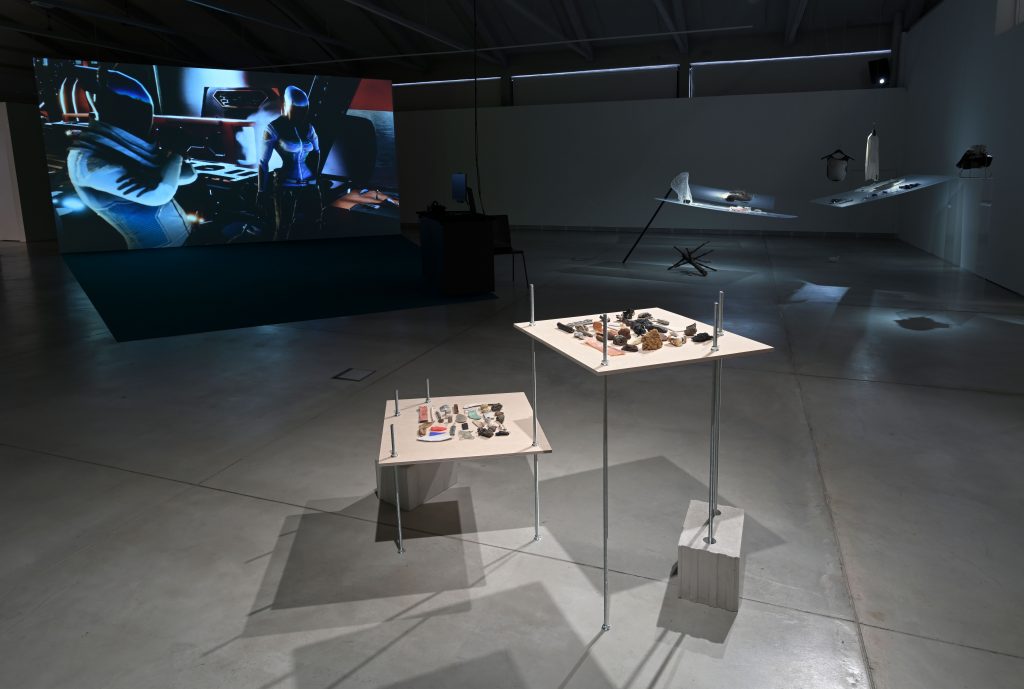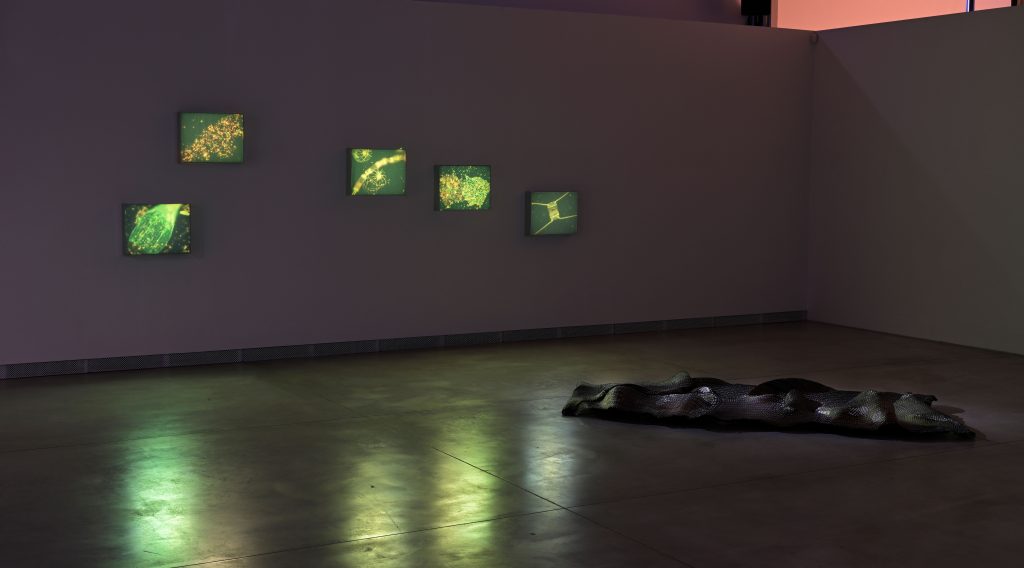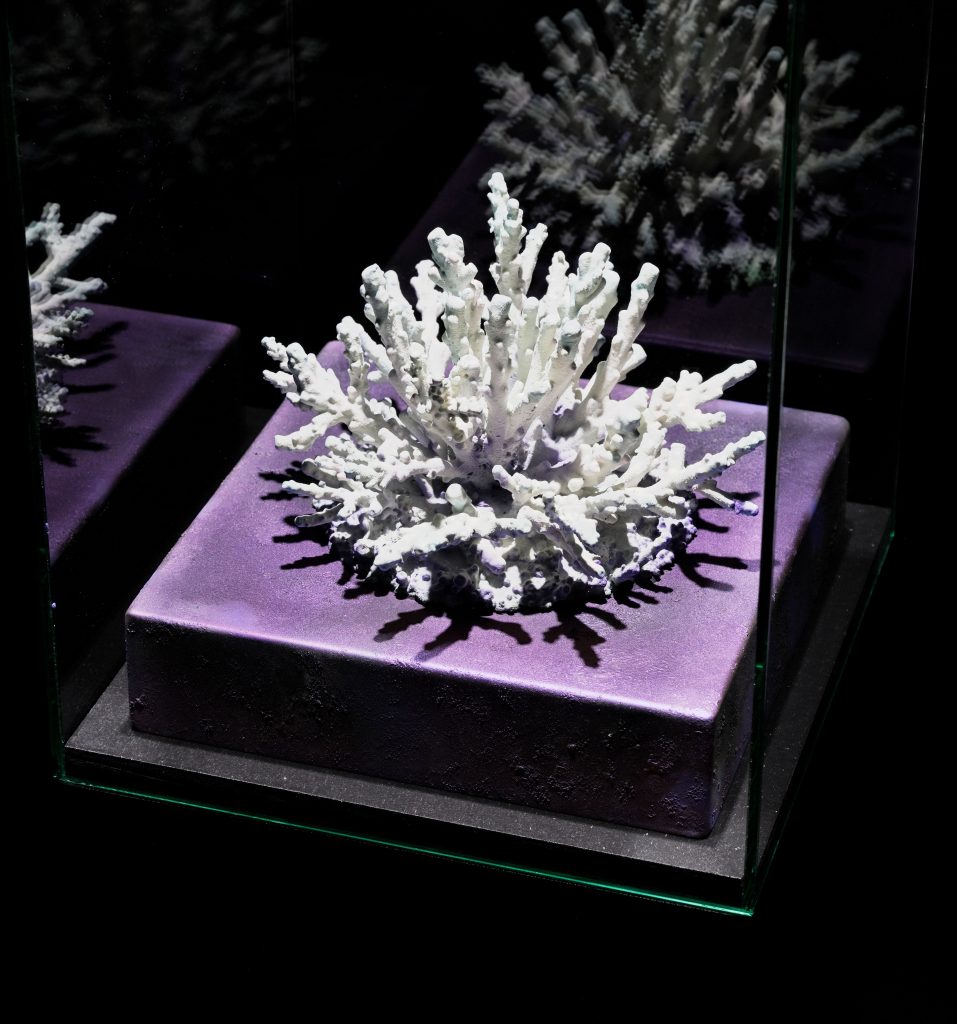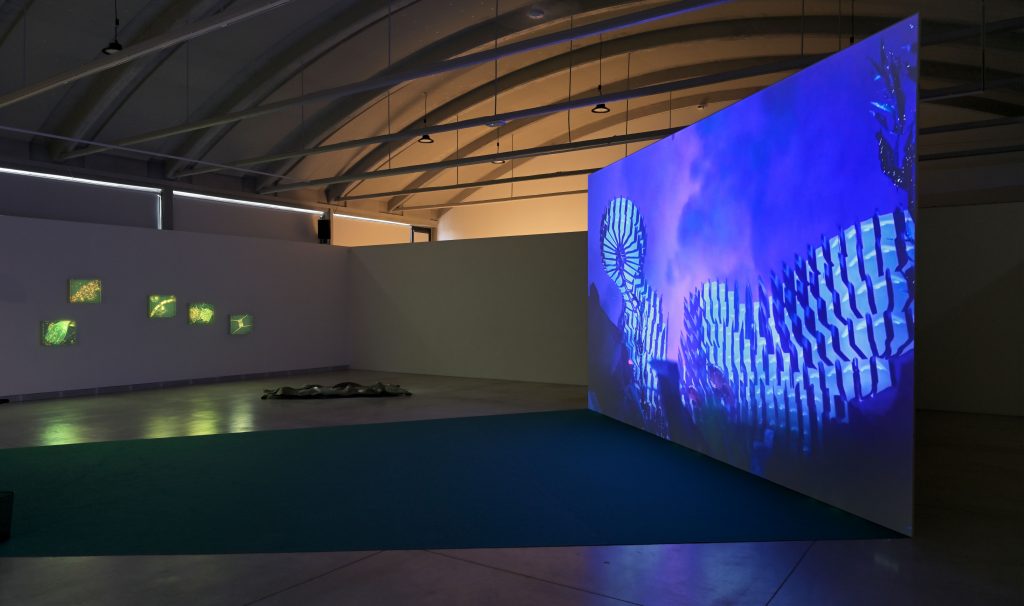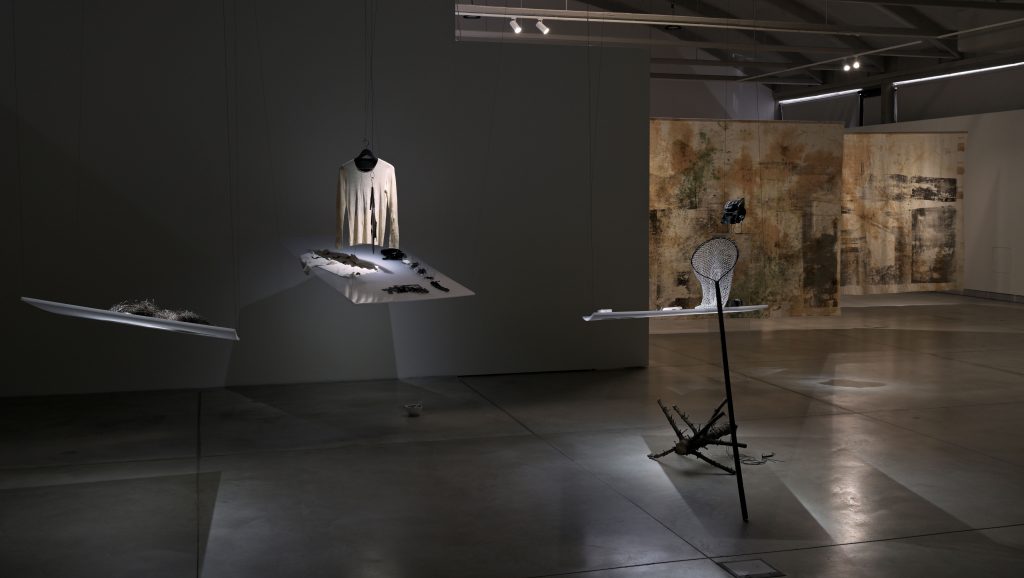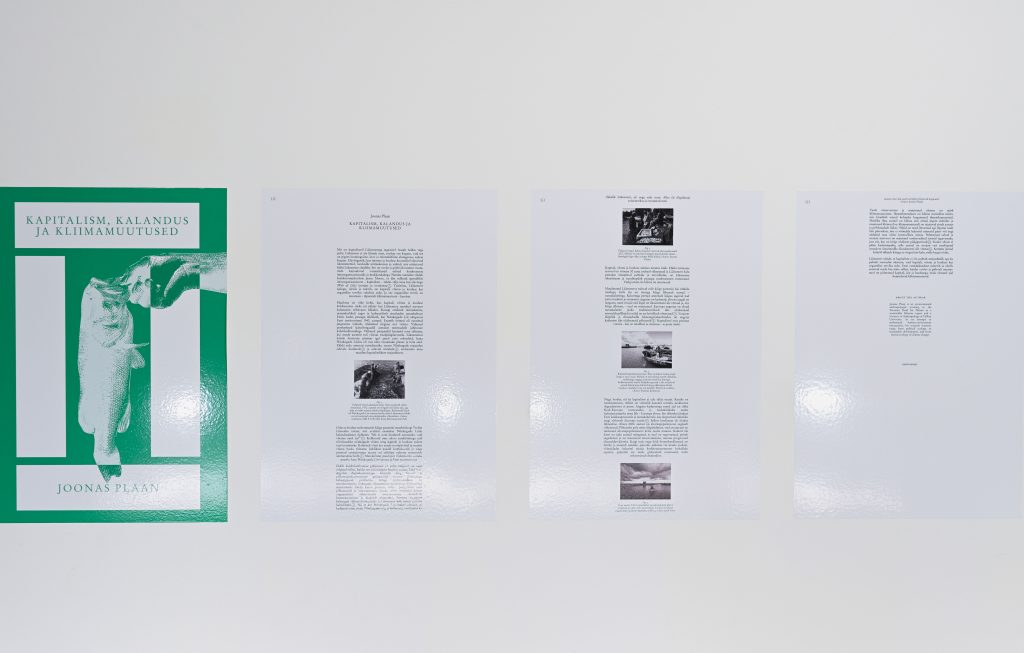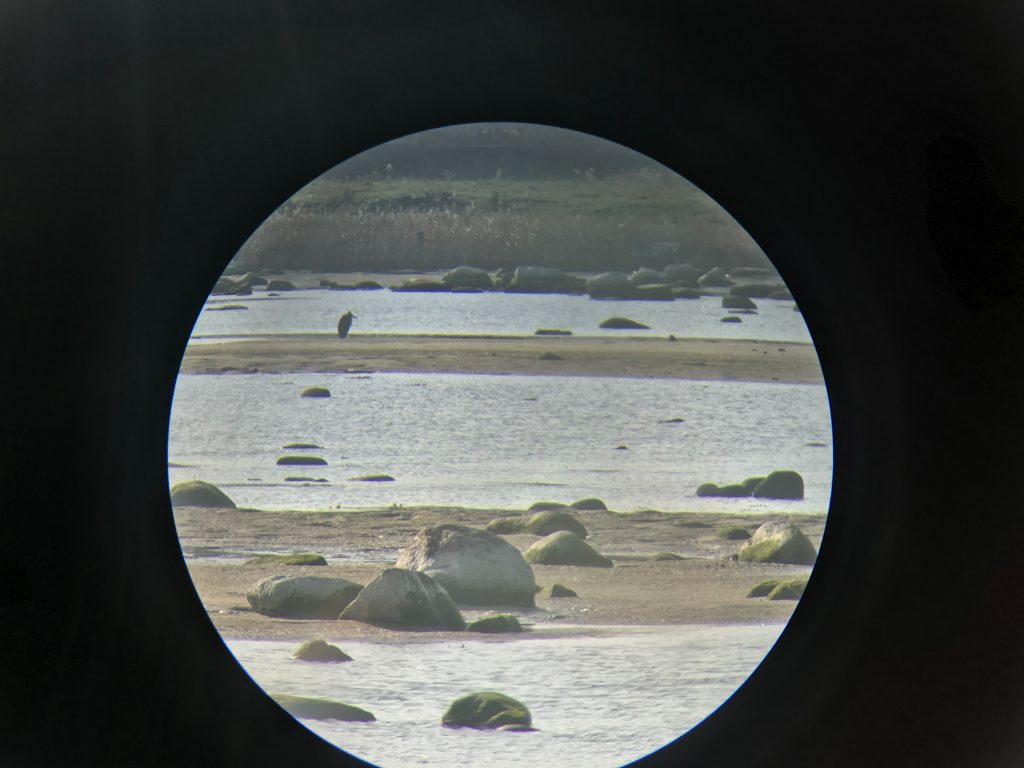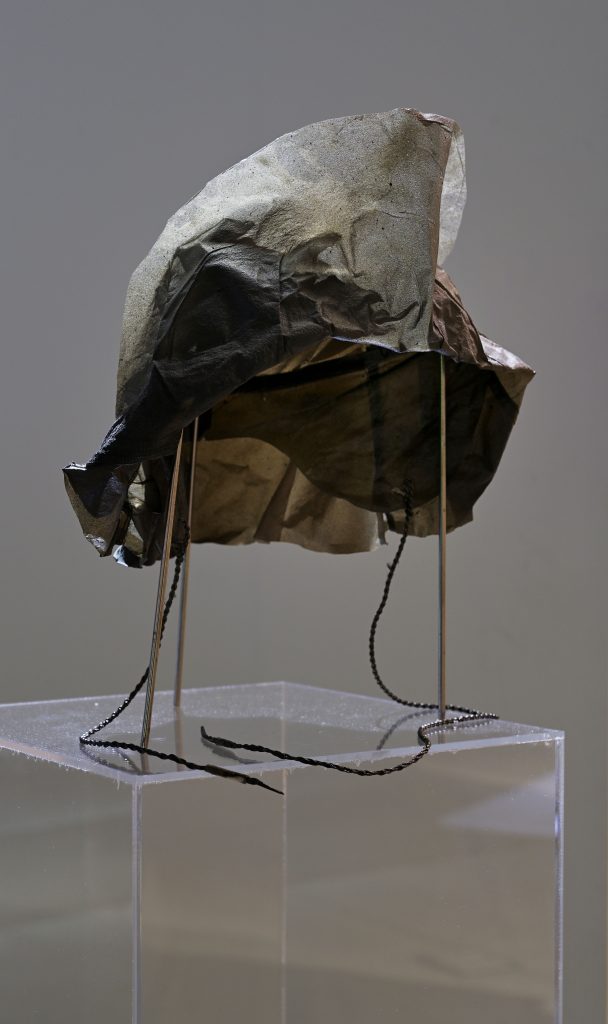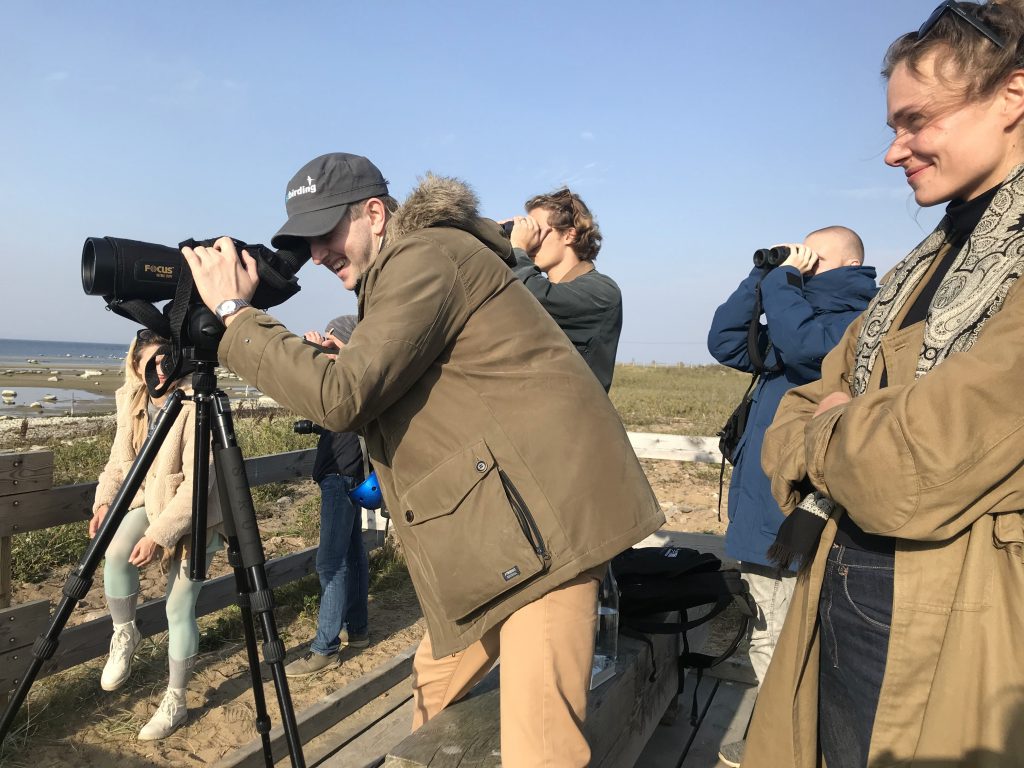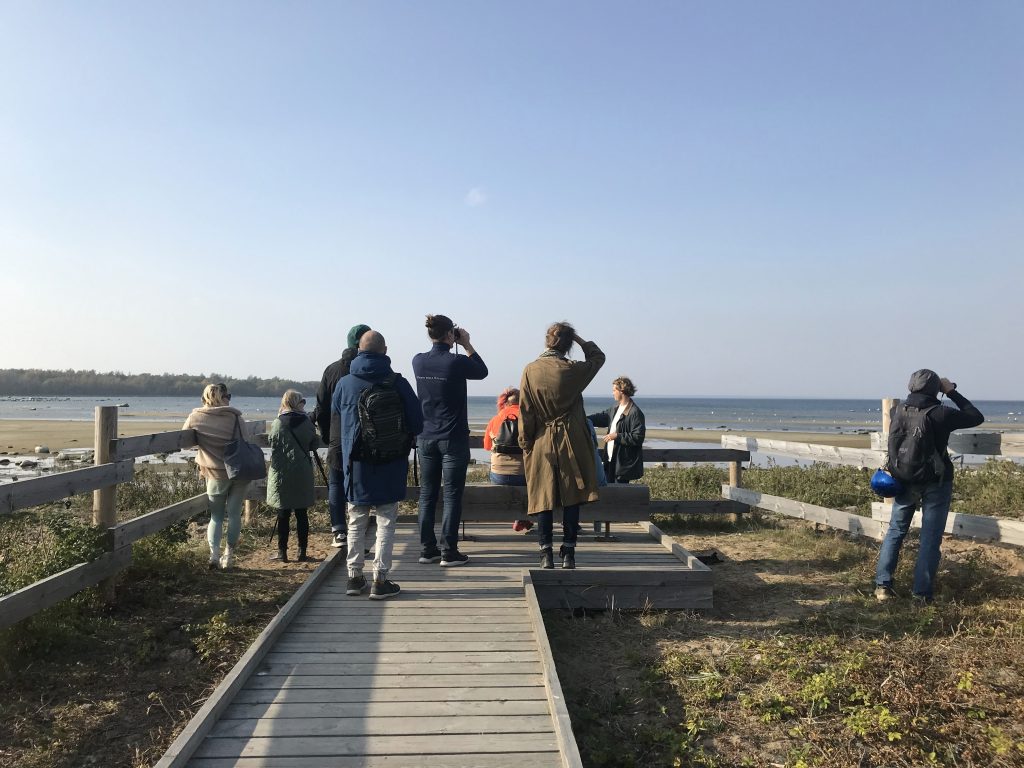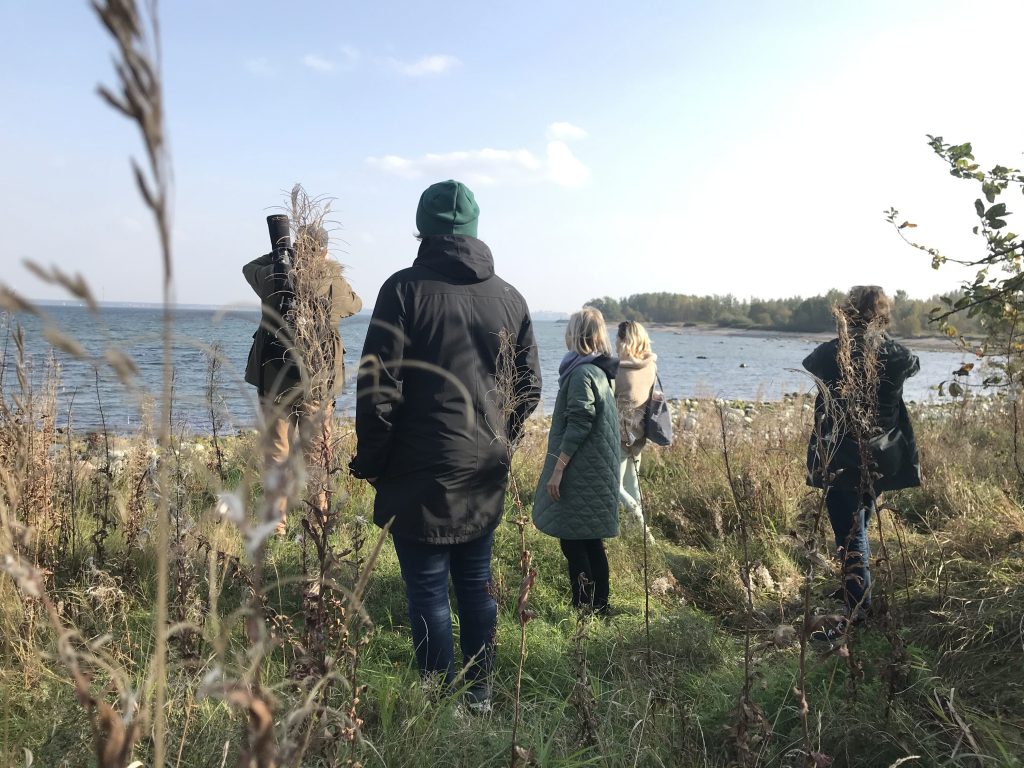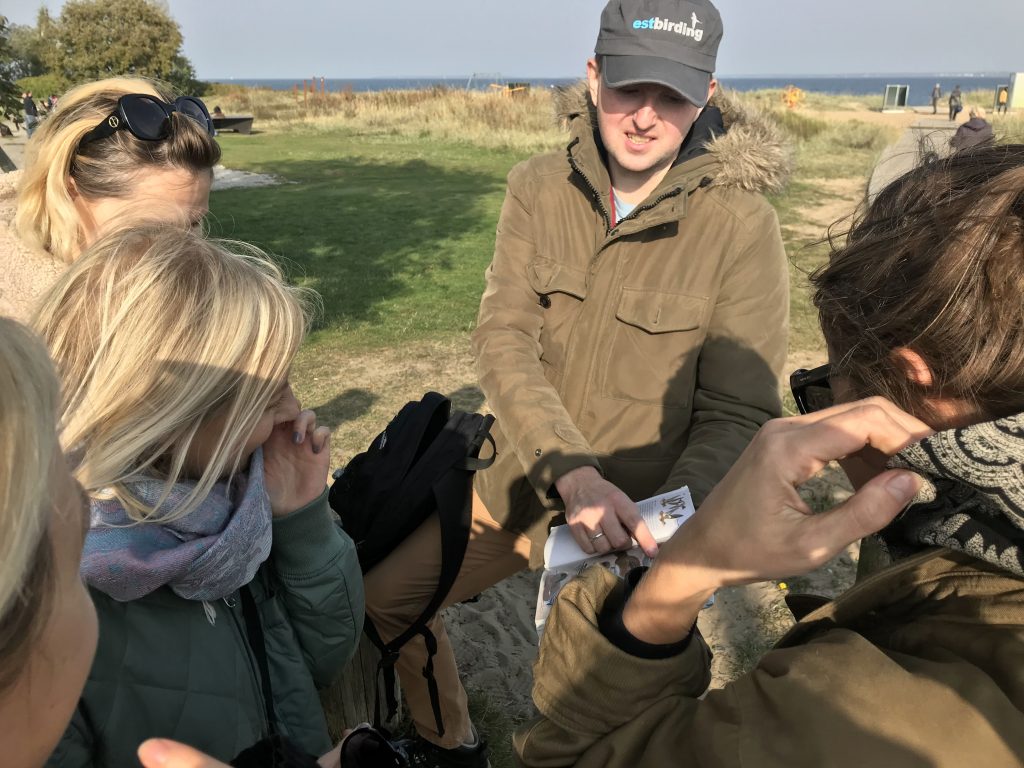EXHIBITION
This iteration of Leviathan cycle imagines the future of a connected Baltic and Kent shoreline in a new, cutting-edge virtual reality work. The exhibition premiered The Terrarium (2020), a virtual reality experience that takes the viewer 300 years into the future, where 90% of the planet’s surface has become covered by water. we have been modified beyond recognition, moving through algal blooms alongside other mutant species to explore a world almost entirely underwater – one where the English and Baltic coastlines merge fluidly with an extractive colonisation of outer space – part scientific prediction, part science fiction.
This was accompanied by a series of site-responsive collaborations with Estonian scientists, ornithologists, historians, musicians, and artists that respond directly to the ecological, political and historical context of the Paljassaare peninsula situated across from Kai Art Center.
Above water, visitors were immersed in the Estonian recording of Olivier Messiaen’s Catalogue d’Oiseaux by Peep Lassmann, a soundscape evocative of the nearby Paljassaare, which has transformed into a bird-watching haven resulting from the evolving military and industrial use of the land.
A major new textile work commissioned by Kai Art Center, entitled Coastal Artillery Battery, Paljassaare (1915) alludes to Paljassaare’s shifting landscape. It was made in collaboration with Tallinn-based smart-textiles designer Kärt Ojavee and students at the Estonian Academy of Arts, who are pioneering an algae-based dyeing technique with locally sourced marine biomaterial.
A new sculpture by Dawood was in dialogue with research images by biodiversity specialist Dr Kai Künnis-Beres, alongside material contributions by Kärt Ojavee and Triin Loosaar, signalling unexpected entanglements across human and non-human ecologies.
PUBLIC PROGRAMME
A public programme of site-responsive walks, events and special screenings accompanied the exhibition.
Contributors
Joonas Plaan
Joonas Plaan is an environmental anthropologist working in the Estonian Fund for Nature as a sustainable fisheries expert and a Lecturer in Anthropology at Tallinn University. In an attempt to understand human-environment interactions, his research interests range from political ecology to sustainable development, and from marine ecology to climate change.
ecoLoficStudio
ecoLogicStudio, is an architectural and urban design practice dedicated to bio-digital design for the definition of a new “ecology” of space and behaviour. Founded in London in 2005 by Claudia Pasquero and Marco Poletto, the office has earned an international reputation for its innovative work on “systemic” design – a method defined by the combination and integration of systemic thinking, computational design, biotechnology and prototyping. This “broadened” approach to design – from the micro to the macro – is embedded in an experimental practice, where projects and installations become interactive laboratories; in the past 10 years ecoLogicStudio has designed and built several living installations and architectures, demonstrating how microorganisms such as algae can become part of the bio- city of the future. These photosynthetic architectures include the BioTechHut Pavilion for Expo Astana 2017, HORTUS Astana 2017, Urban Algae Folly Aarhus 2017, PhotoSynthEtica Dublin 2019, HORTUS XL 2020 for the Center Pompidou in Paris, PhotosSynthEtica Helsinki 2020, among others.
Read Paper

